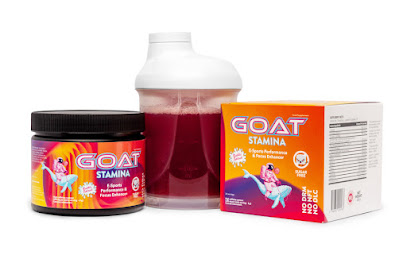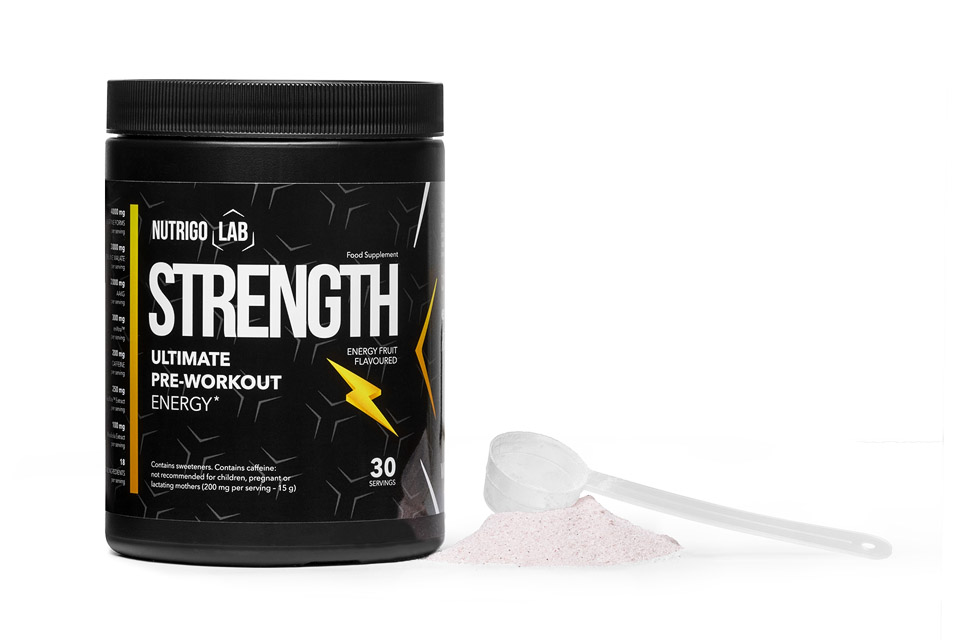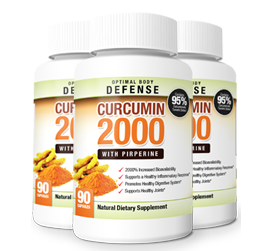Chamomilla, often spelled as "chamomile," is a common herb known for its medicinal and soothing properties. It belongs to the Asteraceae family and is native to Europe and Asia, though it is now cultivated and used worldwide. There are two main types of chamomile used for their therapeutic benefits:
German Chamomile (Matricaria chamomilla): This variety is more commonly used for medicinal purposes. It produces small, daisy-like flowers with white petals and a yellow center. German chamomile is known for its anti-inflammatory, calming, and digestive properties. It is often used to make herbal teas and herbal remedies to alleviate various ailments, such as indigestion, anxiety, and skin irritations.
Roman Chamomile (Chamaemelum nobile): Roman chamomile has similar properties to German chamomile but is less commonly used in herbal remedies. It has a similar appearance, with small white flowers and a pleasant, apple-like scent. Roman chamomile essential oil is sometimes used in aromatherapy for relaxation and to promote sleep.
Chamomile is typically consumed as a tea, and it is renowned for its calming effects, making it a popular choice for relaxation and stress relief. It is also used topically in various skincare products due to its anti-inflammatory and soothing properties. Additionally, chamomile has a long history of traditional use for a wide range of ailments, including digestive issues, menstrual discomfort, and skin conditions.
What are the health benefits of chamomilla(chamomile)?
Chamomile, also known as chamomilla, is associated with several potential health benefits, although it's important to note that more research is often needed to establish these effects definitively. Some of the claimed health benefits of chamomile include:
Calming and Sleep Aid: Chamomile is widely known for its calming properties. Drinking chamomile tea can help reduce anxiety and promote relaxation, making it a popular natural remedy for insomnia or sleep disturbances.
Digestive Health: Chamomile may help alleviate digestive discomfort. It can relax the muscles in the gastrointestinal tract, potentially reducing symptoms of indigestion, gas, and bloating. Chamomile tea is often consumed after meals for this purpose.
Anti-Inflammatory: Chamomile contains anti-inflammatory compounds that may help reduce inflammation in the body. It can be applied topically to soothe skin irritations and rashes.
Menstrual Pain Relief: Some women find relief from menstrual cramps by drinking chamomile tea. Its muscle-relaxant properties may help alleviate discomfort.
Immune System Support: Chamomile contains antioxidants that can help support the immune system and protect cells from damage caused by free radicals.
Skin Health: Chamomile's anti-inflammatory and antioxidant properties make it beneficial for various skin conditions. It can be used topically to soothe skin irritation, eczema, and minor wounds.
Oral Health: Chamomile's antimicrobial properties may contribute to oral health by reducing the risk of gum infections and inflammation. It's sometimes used as a mouthwash or added to toothpaste.
Respiratory Health: Inhaling the steam from chamomile tea may help relieve nasal congestion and respiratory symptoms associated with colds and allergies.
Stress and Anxiety Reduction: Chamomile's calming effects can help reduce stress and anxiety levels when consumed as a tea or in aromatherapy.
Antioxidant Properties: The antioxidants in chamomile, such as apigenin, may have protective effects against chronic diseases and promote overall well-being.
It's worth noting that individual responses to chamomile can vary, and some people may be allergic to it.
How to consume chamomilla(chamomile)?
Chamomile can be consumed in various forms, with the most common method being as a tea.
Here's how to prepare and consume chamomile in different ways:
Chamomile Tea:
- Place a chamomile tea bag or loose chamomile flowers (about 1-2 teaspoons per cup) in a cup.
- Boil water and pour it over the chamomile.
- Let it steep for about 5-10 minutes, depending on your taste preferences. You can steep it longer for a stronger flavor.
- Optionally, add honey, lemon, or a slice of fresh ginger for additional flavor.
- Sip the tea slowly and enjoy its calming effects.
Chamomile Infusion (Herbal Tea):
Follow the same steeping process as chamomile tea but consider mixing chamomile with other herbs like lavender, mint, or lemon balm for added flavor and benefits.
Chamomile Tincture or Extract:
Chamomile tinctures or extracts are concentrated forms of chamomile that can be added to water or other beverages. Follow the recommended dosage on the product label.
Chamomile Capsules or Tablets:
You can find chamomile supplements in capsule or tablet form at health food stores. Follow the recommended dosage on the product label and consult with a healthcare professional before using them regularly.
Topical Use:
For skin irritations, you can apply chamomile-infused creams, ointments, or chamomile essential oil diluted with a carrier oil directly to the affected area.
Chamomile Bath:
Add chamomile flowers or chamomile tea bags to your bathwater for a soothing and relaxing bath. This can be particularly helpful for skin irritations or to promote relaxation.
Chamomile Inhalation:
Inhaling the steam from a freshly brewed cup of chamomile tea or using chamomile essential oil in a diffuser can help alleviate respiratory symptoms and promote relaxation.
Chamomile in Cooking:
Chamomile flowers can be used as a culinary herb, primarily in desserts and beverages. They can add a subtle apple-like flavor to recipes. However, it's less common to cook with chamomile compared to other herbs.
When consuming chamomile, start with a moderate amount and see how your body reacts, especially if you are trying it for the first time. While chamomile is generally safe for most people, some individuals may be allergic to it, and excessive consumption may lead to mild side effects like upset stomach in rare cases.














.png)







.png)
.png)
No comments:
Post a Comment